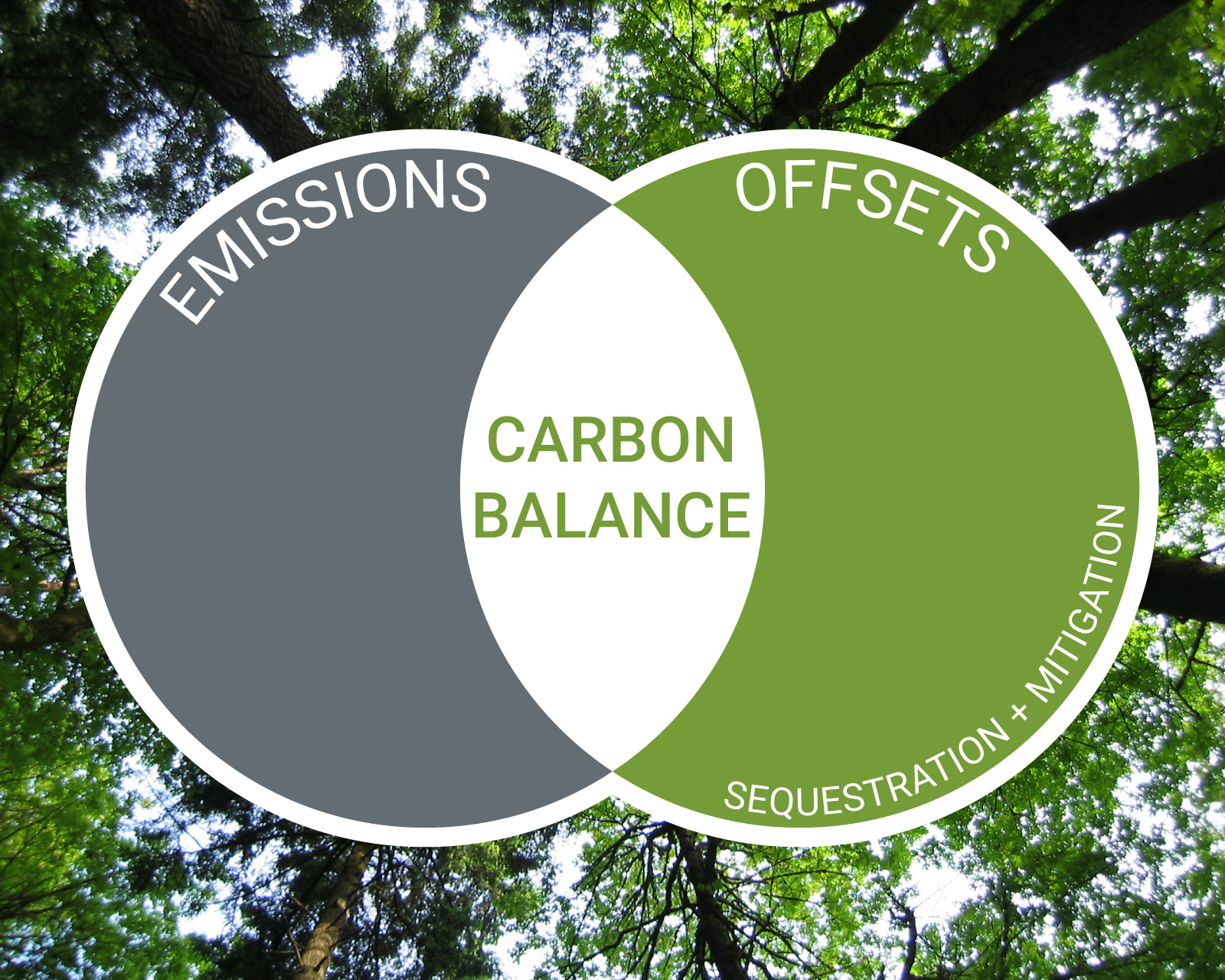


02.02.17
For the past eleven years, Bora has been purchasing carbon offsets from the Bonneville Environmental Foundation, as part of our sustainable operations action plan. As signatories to the Architecture 2030 Commitment since 2012, we’ve been part of the movement pushing for all new buildings to be carbon-neutral by 2030. Good habits start at home, and we’ve long felt that it was vital for us to model our values, both in the way we do business with clients, and the way we run our practice internally.
We’re happy to report that all our tracked sources trended down or stayed even for 2016 – with the slight exception of air travel due to an increase in out-of-state projects. Flying is certainly the largest contributor when it comes to our carbon footprint, and can be hard to predict, but more local projects and remote meetings have yielded higher efficiencies. Our overall carbon usage in 2016 was 300 metric tons. This is far below the average of 497 metric tons, and less than half the high of 690 metric tons in 2006/2007. As always, we’re not content to rest on our laurels, and we remain dedicated to making continued progress on this front.
It’s important to note that businesses can define their own parameters for carbon-neutrality. For some, it may mean focusing solely on offsetting the impact of office power usage, or paper consumption. We choose to take a more robust approach, tracking energy usage from the following sources: Our office car (yes, it’s a Prius); local rentals like Zipcar and Car2go; electricity at the Bora Beach House; office natural gas heating and electricity; all business-related air travel; and all paper usage, in and out of house. We also spearheaded efforts among tenants in our building to participate in renewable energy purchasing through our property managers.
The efforts we make here at Bora help raise the visibility of the issue, and encourage a culture that values sustainable practices. We’ve committed to this ethos in our operations – and work hard to actualize it in our design work. With that said, the 2030 Commitment lays out the goal of steadily decreasing average energy use across all new buildings each year, and in 2015 the AIA issued a progress report indicating reductions haven’t kept pace with annual targets.
A carbon-neutral office is important. Every effort counts. However, we know that our own internal efforts at reducing emissions are just the beginning. Our industry has pledged to strive for net-zero buildings by 2030, and there is still plenty of work to do.
Check out the following links for more information: